
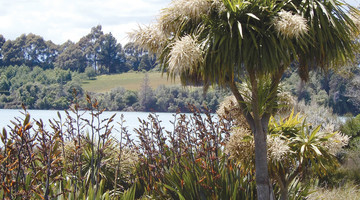
Wetlands once occupied nearly 10% of Aotearoa New Zealand’s land cover. In the last 150 years, 90% of these wetlands have been drained or degraded. Fortunately, our society now has a better ...
READ MORE

An indicator is something that can be measured or monitored. We use indicators to see changes or trends in things ranging from an individual bird species to large systems like rivers or repo ...
READ MORE
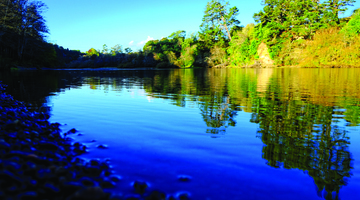
Tōku awa koiora me ōna pikonga he kura tangihia o te mātāmuri - the river of life, each curve more beautiful than the last. King Tāwhiao, second Māori King Our collection of resources 'Tōku awa ...
READ MORE

Kōura (freshwater crayfish) are a taonga species for Māori, a keystone species for ecosystem dynamics and an indicator species for ecosystem health. They are also a species that have been ...
READ MORE

Repo (wetlands) are rich in biodiversity. They are the ‘in between’ places that connect the water with the land, providing habitats for native plants, invertebrates, fish and birds. Repo are also ...
READ MORE
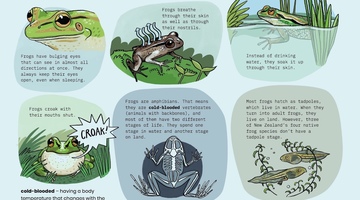
Frogs for the future? is a ready-to-use cross curricular teaching resource. It uses the Ministry of Education’s 2019 Connected article Kimihia Kermit by Philippa Werry. Rights: Crown 2019 Frog ...
READ MORE
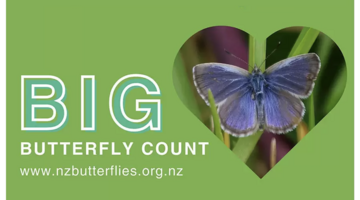
This New Zealand-based citizen science project collects data about butterflies in our gardens, schools, parks and farms – any location in the country or on the outer islands. This annual event – ...
READ MORE

Be part of a worldwide movement and use Global Earth Challenge to submit or classify photos to help our planet’s environment and human health. Global Earth Challenge is a citizen science campaign ...
READ MORE
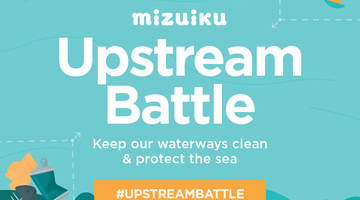
Did you know that 80% of marine litter globally starts life on land? Mizuiku Upstream Battle is a citizen science programme run by Keep New Zealand Beautiful. It aims to get volunteers across ...
READ MORE

Lakes380 – Our lakes’ health: past, present, future is the largest scientific study ever undertaken on lakes in Aotearoa New Zealand. The programme, jointly led by GNS Science and Cawthron ...
READ MORE

In this recorded professional learning session, Greta Dromgool shares the mahi from a collaboration between Manaaki Whenua – Landcare Research and Pokapū Akoranga Pūtaiao – The Science Learning ...
READ MORE
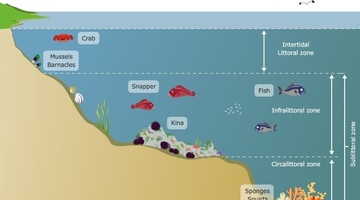
The rocky shore is a popular topic in primary school science. Below are some Science Learning Hub resources for primary teachers related to the rocky shore in the Living World strand of the New ...
READ MORE
Te ao Māori (the Māori world view) recognises the connections between all living and non-living things. In this video, kairangahau Māori share some of their repo connections with us. Questions ...
READ MORE
Wetland restoration is more than simply planting the wet margins between the land and water. Rob McGowan and Cheri van Schravendijk-Goodman discuss the importance of pausing to listen to what ...
READ MORE
Ecological practitioners and research experts share their ideas about restoration programmes, rangatiratanga rights and building partnerships. Questions for discussion: Each person in this video ...
READ MORE

An interactive showing the lower Waikato River. Use the zoom-in feature to find some cultural and geographical connections to the river. Listen to iwi talking about what the river means to them ...
READ MORE

Exploring moths as ecological indicators of health and connectedness in our natural world. Select here for further information, transcript and copyright.
READ MORE

This slideshow, from the webinar Te Repo – wetlands as a context for learning, provides additional support for the video tutorial. Use the Slideshow menu for further options, including view full ...
READ MORE